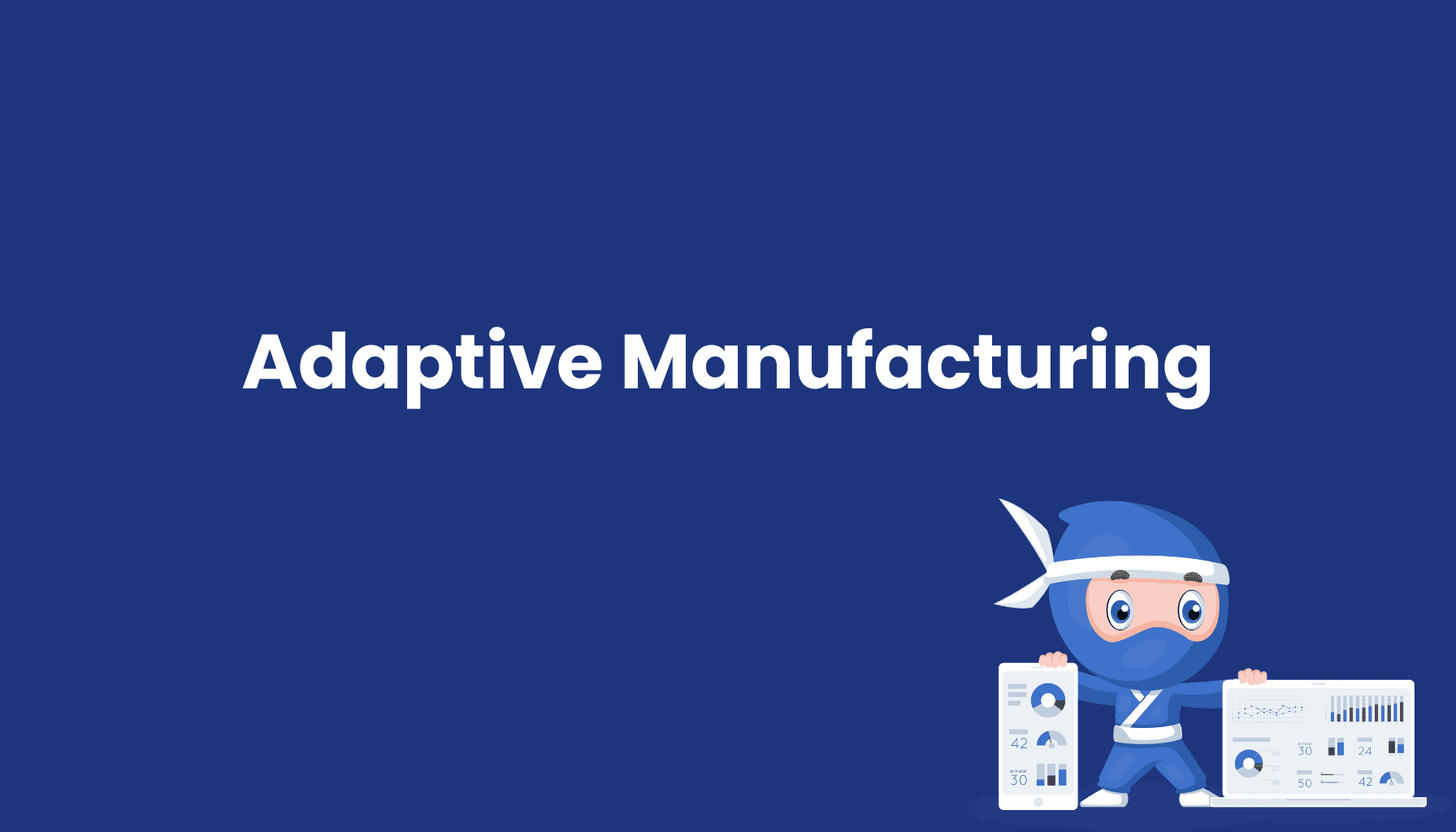Computer-Aided Manufacturing (CAM)
-1.png)
What is Computer-Aided Manufacturing (CAM)?
Computer-Aided Manufacturing (CAM) is a cutting-edge technology that leverages computer software and hardware to automate and optimize the production process. CAM systems translate computer models of parts or products into specific manufacturing instructions, which can be executed by CNC machines (Computer Numerical Control) and other automated manufacturing equipment.
Benefits of CAM
- Increased Production Speed: CAM accelerates manufacturing by employing automated processes, significantly reducing production cycles.
- Improved Quality: With precise tool paths and optimized machine settings, parts and products can be produced with high accuracy and consistency.
- Cost Reduction: CAM minimizes material waste, setup times, and production costs, allowing businesses to operate more efficiently and increase profitability.
Application of CAM in the Manufacturing Industry
In today's manufacturing environment, CAM plays a vital role in enabling the production of complex and precise parts that would be difficult or impossible to create manually. CAM optimizes the entire manufacturing process by efficiently planning and managing machine setups, tool paths, and material usage.
Additionally, CAM integrates seamlessly with other digital systems such as CAD (Computer-Aided Design) and CAE (Computer-Aided Engineering), ensuring a smooth transition from design and simulation to production.
Connection to OEE and Production Optimization
CAM contributes to improving Overall Equipment Effectiveness (OEE) by enabling precise planning and optimization of the manufacturing process. By reducing machine downtime and maximizing machine utilization, CAM enhances equipment efficiency and minimizes production losses, leading to increased productivity and enhanced competitiveness in the manufacturing industry.



-1.png)

